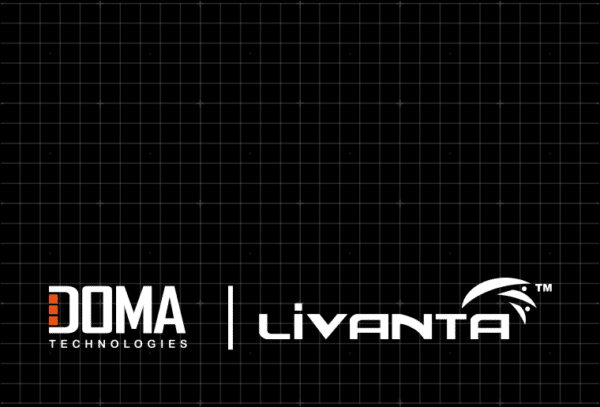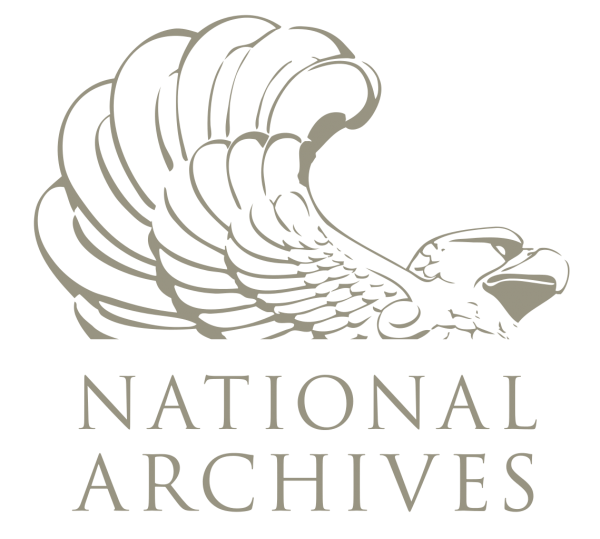NARA's Strategic Plan Goals
Take Inspiration from the National Archives and Records Administration in Setting Goals for Information Governance
August 18, 2020
NARA Makes Electronic Records a Focus for Federal Agencies
The National Archives and Records Administration (NARA) is an independent agency whose mission is to identify, protect, preserve, and make publicly available valuable records from all three branches of the Federal government. As a part of this objective, NARA has been leading the charge in the government’s transition to electronic record keeping. This challenge has required a massive overhaul for many Federal agencies who rely on legacy technology. To hold agencies accountable, NARA released federal mandate M-19-21. This mandate requires that every Federal agencies will manage all permanent records in an electronic format with appropriate metadata by 2022. For agencies who have spent decades relying on paper this is no small feat. NARA is committed to supporting this initiative and their 2018-2022 strategic plan lays out four important goals to support that mission.
NARA’s strategic goals serve as a compelling blueprint for information governance, not only at the Federal level but for businesses in general. This blog post will describe NARA’s four main goals and explore how these initiatives can lead to positive returns for your agency or business. Setting a series of goals like these can help you get a clear vision for your own records management strategy. The need to enable remote work has made remote information access more important than ever. Subsequently, there has never been a better time to consider following in NARA’s footsteps to create a transition plan to electronic records keeping.
“Our mission is to provide public access to Federal Government records in our custody and control. Public access to government records strengthens democracy by allowing Americans to claim their rights of citizenship, hold their government accountable, and understand their history so they can participate more effectively in their government.”

GOAL ONE: Make Access Happen
Information access is one of the most important parts of a document management strategy. When data and documents are clearly organized and digitally accessible it leads to more informed decisions. Equipping your team with up to date content leads to greater agility and helps keep everyone on the same page.
According to NARA’s strategic plan for 2018-2022, they will make 82% of their holdings discoverable and accessible to the public. They aim to do this by “explor(ing) cutting-edge technologies such as advanced search to automate processing of large volumes of electronic records”. Digitizing and electronically managing records has the power to speed up operations and save space. Ultimately, a move to digital recordkeeping for Federal agencies will allow the American public to remain informed and to have fair, timely access to these historical records.
The internet has changed the way people access information forever. Digital records can equalize access for millions of Americans who do not have the means to view NARA records in person. NARA holds approximately 12.5 billion pages of documents, photographs, films and other analog records that were previously only accessible in research rooms or by submitting a reference request. This method has proved to be difficult to scale and has led to major delays in fulfilling these records requests. As NARA modernizes to meet the needs of the American people, it will lead to better transparency and help ensure the public has insight into the extensive NARA catalog of records.
The same benefits of faster access and improved scalability apply to commercial businesses and organizations. While many industries, such as healthcare, are already leading the charge with digital records a lot of smaller businesses have put off making the change out of fear that it will be disruptive and expensive. Generally this fear is unfounded. Advances in scanning technology mean faster turn around times and any interruptions can be minimized by making scanned documents instantly accessible in the Cloud.

GOAL TWO: Connect With Customers
NARA aims to improve public engagement with the government not only through accessible archives, but by encouraging citizens to contribute interesting historical content. By building a dialogue with the public NARA intends to improve both customer satisfaction and the quality of their services. In NARA’s case, its customers are the agencies, museums/educational institutes, and citizens who want access to the information NARA manages. This may include information as intimate as a family immigration record or far-reaching content like declassified military records. In either case, NARA is focused on helping people find the information that matters to them and preserving the records that have shaped our nation.
Connecting with and acquiring new customers is the foundation of most businesses. Taking a page from NARA’s book, there are so many ways to connect with customers through information. Making your process more transparent and offering high quality resources to explain your products and services is a great first step. Conversely, don’t be afraid to collect information from your audience through surveys, webinars, and other forms of direct engagement. An open line of communication with your customers can lead to long-term opportunities. Likewise, it gives you better insight into their needs and helps you engineer future services and products in a customer-centric way.

GOAL THREE: Maximize NARA’s Value to the Nation
NARA is already moving to ensure that the M-19-21 directive is being met. Since 2019 NARA has begun conducting inspections of records management practices at Federal agencies to ensure that email along with permanent records is being effectively managed in an electronic format. NARA is uniquely positioned to provide value to both Federal agencies and the American public through its work with government records. By holding agencies accountable it ensures wider access to important records and helps to keep the procedures for records management current.
The importance of delivering value to your customers cannot be overstated. Setting a goal to put customers first ensures your business is focused on what matters and remains competitive. Delivering superior value is a matter of meeting customer needs as they change. Ultimately, agility is key and, as NARA has observed, electronically managed records can play a role in staying flexible.

GOAL FOUR: Build our Future Through People
Delivering great solutions for your customers starts within. When you take care of your internal team and equip them with the resources they need, that care is passed on to the customer. NARA’s fourth and final goal is perhaps the most important. NARA is planning to invest in their team by re-designing their training program, improving their on-boarding and hiring process, and offering clear paths for career advancement. These three changes are not easy to implement, but they have a powerful impact. NARA’s strategies include:
- Updating training to help meet the needs of electronic records
- Incorporating technology to make jobs easier
- Offering cross-training programs to improve employee opportunities
- Empower employees by adjusting supervisor-to-employee ratios, developing new positions that rely on technical subject matter expertise, and removing barriers to career advancement
- Re-align to create a consistent experience when delivering internal services
These strategies translate well to other businesses. Positioning your company as a great place to work and grow allows you to attract top talent. In the end, satisfied employees can translate directly to satisfied customers.
How does DOMA Support Your Electronic Records Management Strategy?
COMMERCIAL BUSINESSES
If you are struggling to define your electronic records management strategy we can help. DOMA can help you establish a scalable records management strategy that includes the latest hyper automation and cloud technology. Whether you’re taking that first step and scanning records or looking to transition to cloud native application development we have the expertise to get you on the right path.
FEDERAL AGENCIES
DOMA Technologies has considerable experience working with the Federal government and is ready to assist you on your journey to become M-19-21 compliant. As a GSA schedule contractor DOMA can provide NARA Transfer Compliant Records Digitization for your agency.
DOMA’s secret cleared facilities operate highly secure chain of custody protocols for physical records and our electronic security meets NIST, HIPAA, SAS70, DoD, and other Federal Guidelines. Federal records are safe at every stage of the DOMA digital transition process. A secure chain of custody begins at pickup with our GPS tracked vehicles and follows through until the ultimate delivery of your digitized records. After digitization, DOMA will securely destroy records or return the records to your location, commercial storage, or a Federal Records Center. You receive your digital records on a secure flash drive, via a trusted method of electronic delivery, or you can retrieve them from DOMA’s secure Cloud ECM for real-time access.
Read more about how we help you build an effective, M-19-21 compliant ERM with our data and document management solutions:
About DOMA- Powered by Tech, Driven by People
DOMA Technologies (DOMA) is a software development and digital transformation company whose mission is to change customer lives by lightening their workload through faster and more targeted access to their data. Since 2000, our team of 200+ experts has helped businesses navigate all aspects of the digital world. We are a dedicated strategic partner for the federal government and private sector clients at every stage of their unique digital transformation journey.

Author:
Danielle Wethington
Director of Communications
Compliance
Learn more about DOMA initiatives that can get you compliant with M-19-21.
Recent News

Humanizing Healthcare

Reducing Improper Payments

Beyond the Merge: Alex Feliciano on Transforming Federal Healthcare


